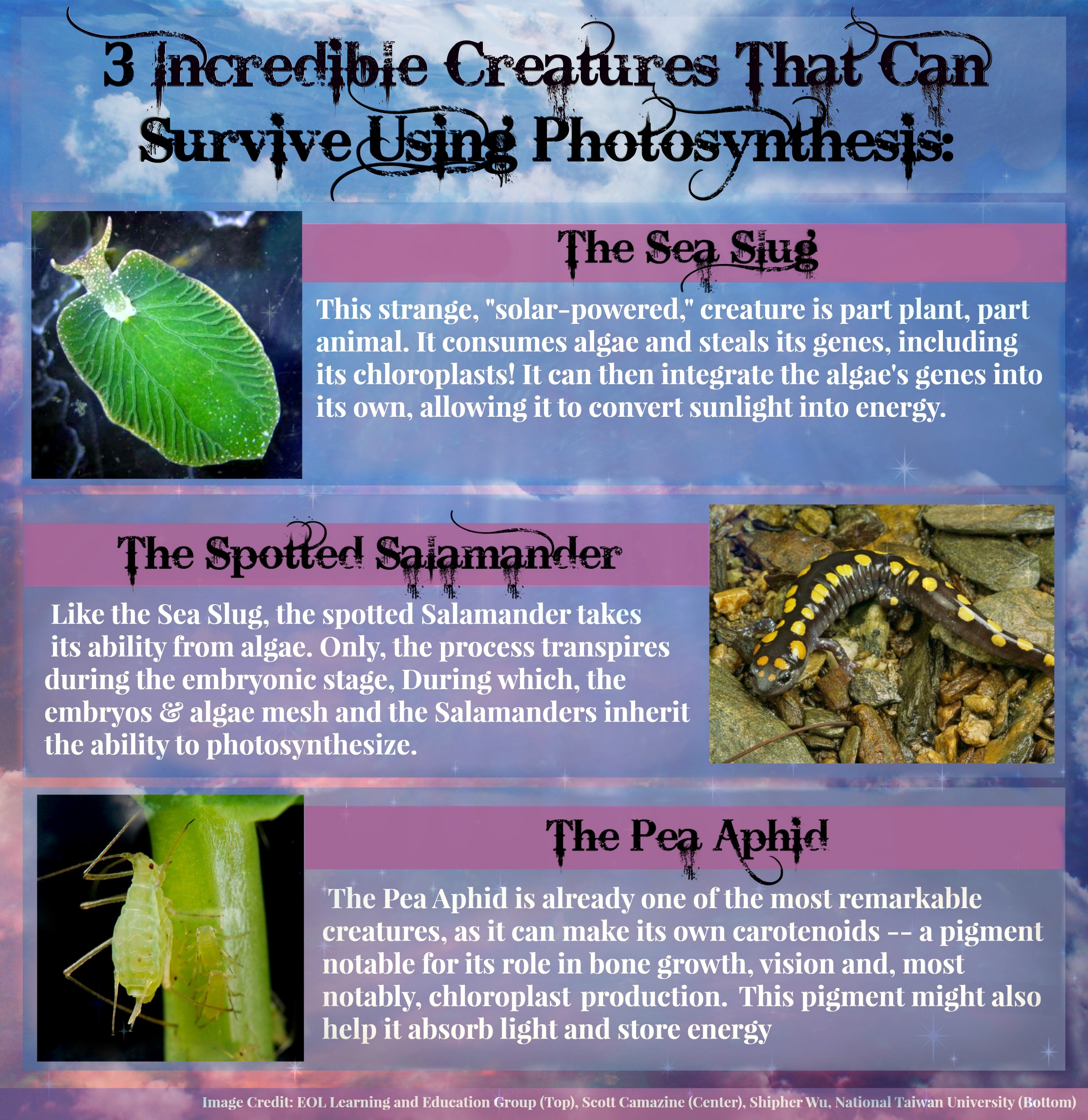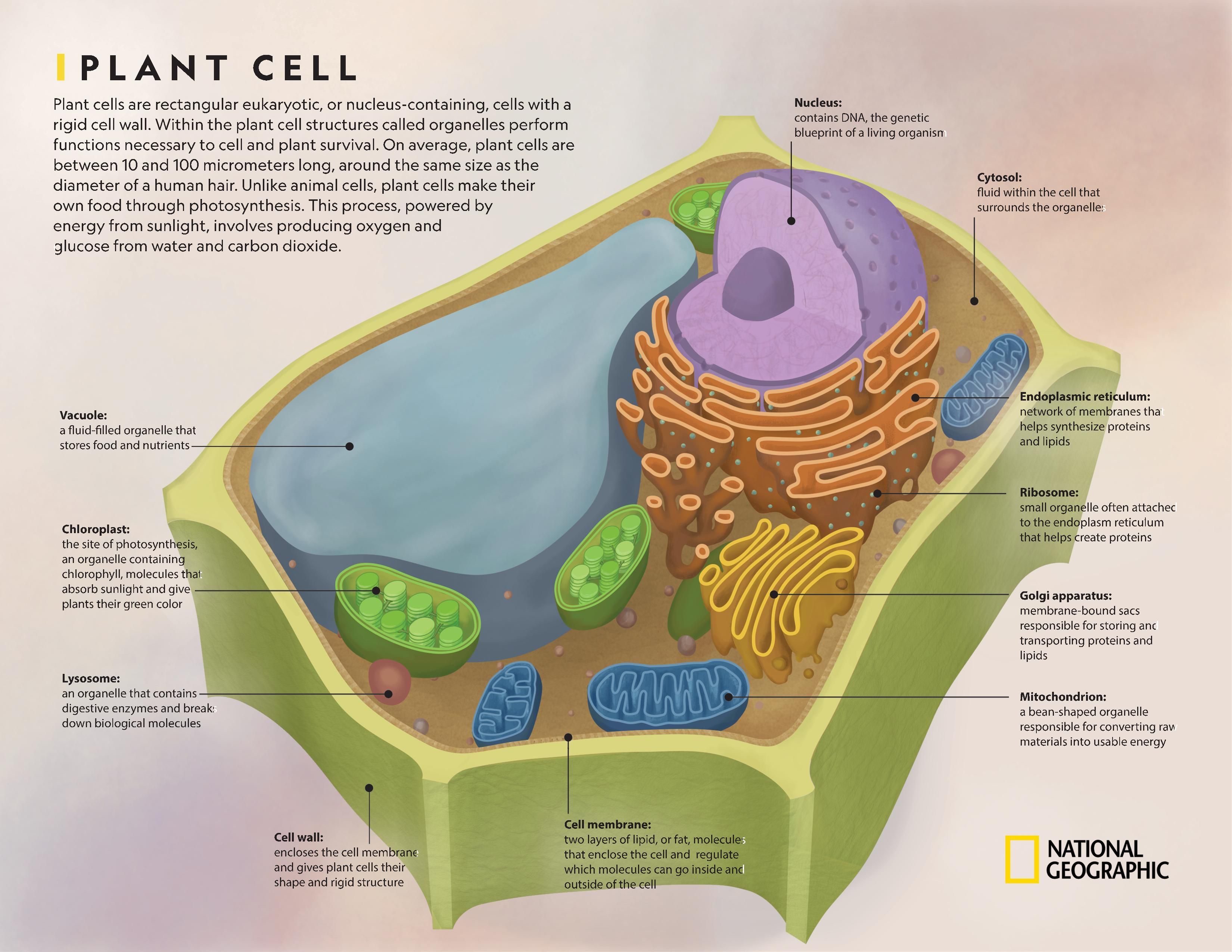Why Do Animals Not Have Chloroplasts

These cells also have many chloroplasts in order to trap as much light as possible.
Why do animals not have chloroplasts. Then explain why the evidence supports your claim. They directly or indirectly depend on plant for food. What are 3 main differences between plant and animal cells.
Plants produce their own food via photosynthesis because they are at the bottom of the food chain - they are the producers whereas animals eat either plants or other animals. Animal cells do not have chloroplasts. Plant cells have a cell wall but animals cells do not.
Plant cells have a cell wall but animals cells do not. Why do plant cells have chloroplasts and animal cells do not. Animal cells dont have chloroplasts because animals arent green plants.
Chloroplasts work to convert light energy of the Sun into sugars that can be used by cells. Animal cells do not have chloroplasts. Some of these like the golden jellyfish involve symbiosis with algae contained within the animals body but in contrast to this the oriental hornet converts sunlight directly into electrical energy using a pigment called xanthopterin an entirely different approach to.
However plant cells and animal cells do not look exactly the same or have all of the same organelles since they each have different needs. The extra sugar that the plant does not use is stored as Chloroplasts are the food producers of the cell. Why do plant cells have chloroplasts and animal cells do not.
For example plant cells contain chloroplasts since they need to perform photosynthesis but animal cells do not. Prokaryotes do not have mitochondria or chloroplasts and they generally possess internal membrane systems that are far less complex than those found in the eukaryotes. For example plant cells contain chloroplasts since they need to perform photosynthesis but animal cells do not.

















